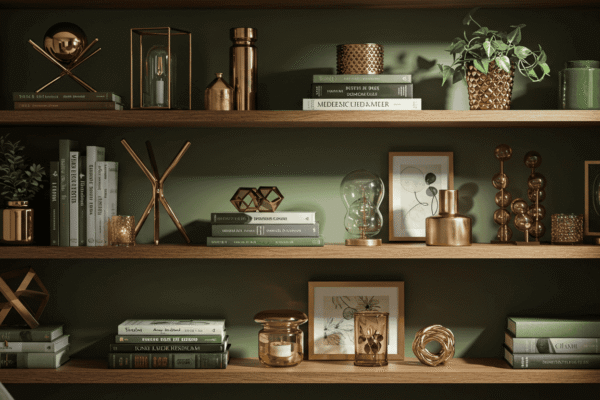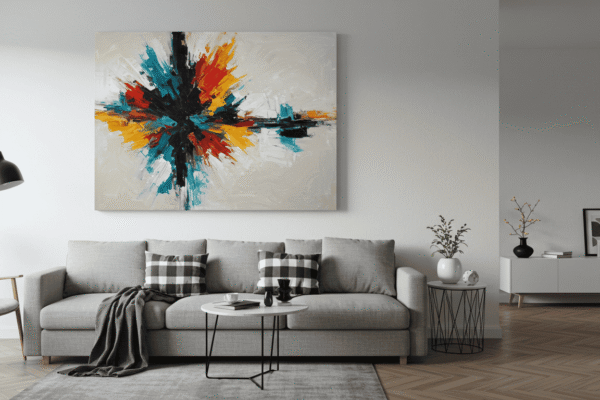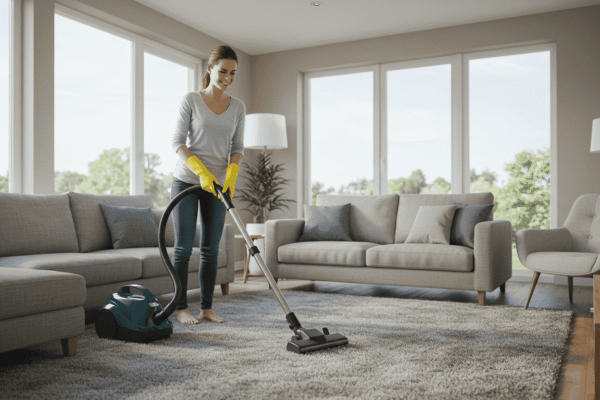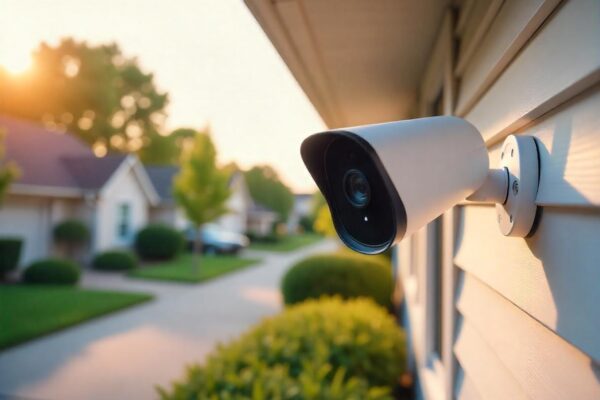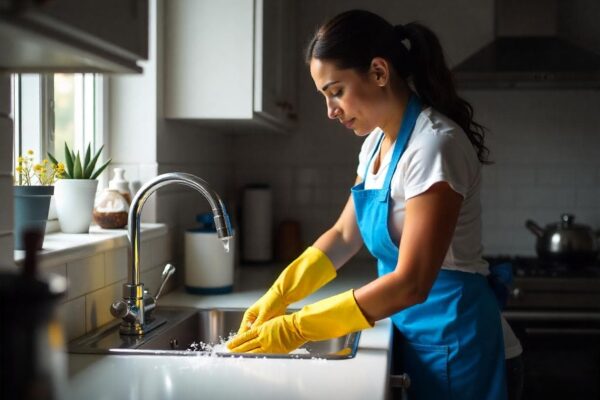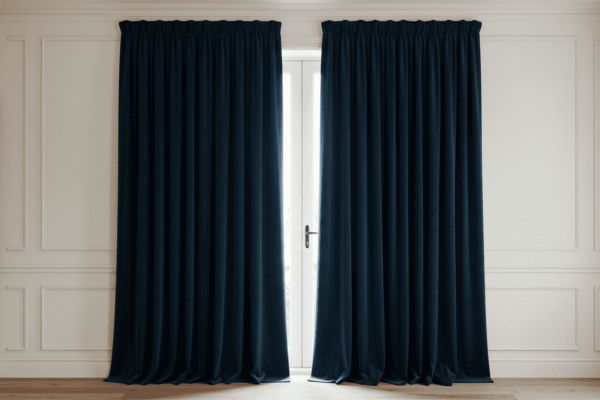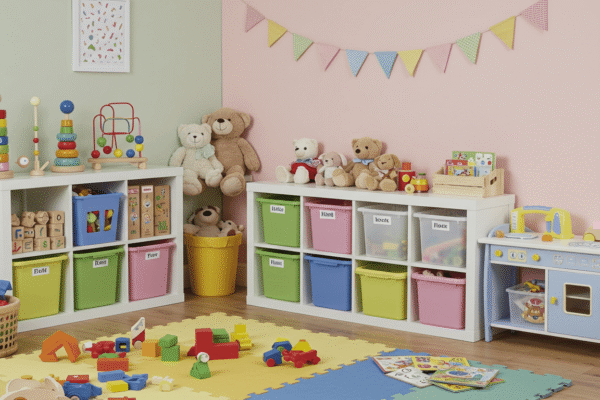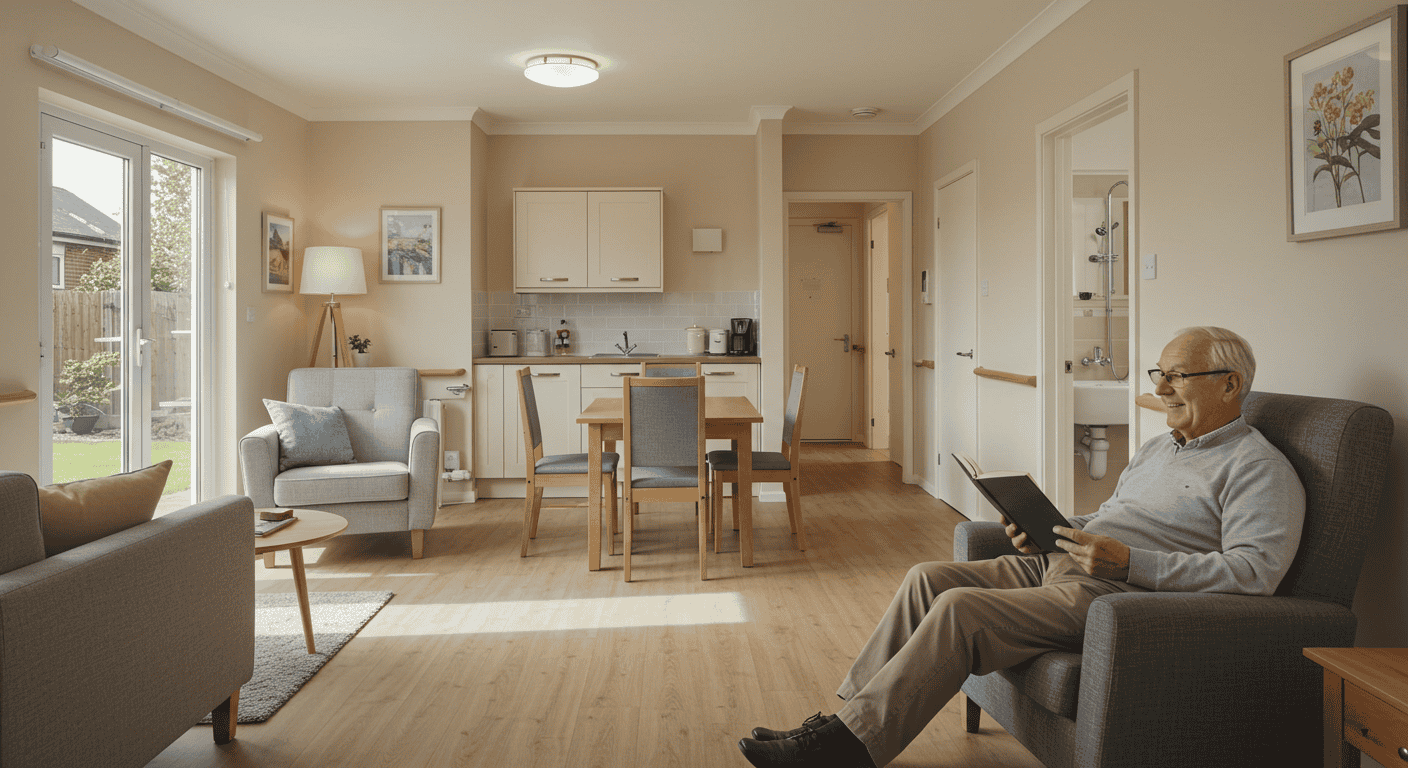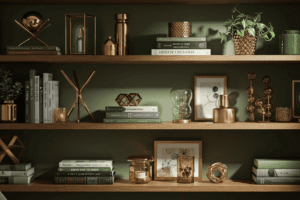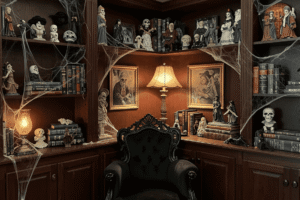Aging in Place is more than a trend—it’s a lifestyle choice that allows older adults to remain safe, comfortable, and independent in their own homes. With thoughtful home modifications for seniors and attention to home accessibility, it’s possible to transform everyday spaces into environments that support mobility, reduce fall risks, and enhance overall well-being. In this guide, we’ll explore practical strategies, from bathroom safety upgrades to ergonomic kitchen design, helping you create a home that grows with you while keeping safety and comfort a top priority.
Introduction – Why Aging in Place Matters
Aging in Place is the practice of modifying and adapting your home so you can remain safe, comfortable, and independent as you grow older. For many adults, the ability to stay in their own home provides not only familiarity but also emotional security and a stronger sense of control over daily life. Making thoughtful adjustments to your living space ensures that your home supports mobility, reduces fall risks, and enhances your overall quality of life. By planning ahead and incorporating home modifications for seniors, you can enjoy a space that evolves with your needs while preserving comfort and convenience.
The Benefits of Staying Home as You Age
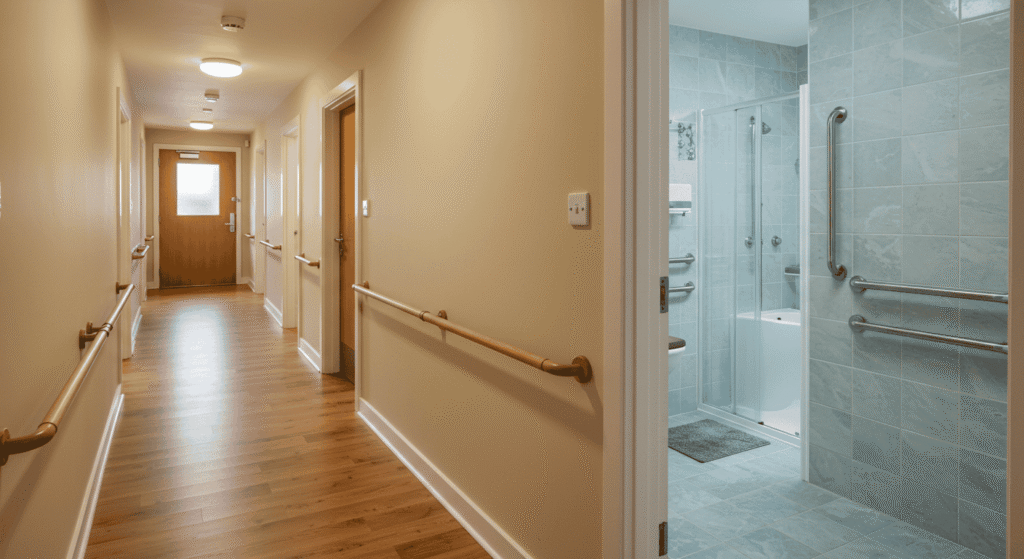
Staying in your own home offers numerous advantages. First, it supports independence, allowing you to maintain daily routines and personal freedom. Second, it provides comfort, as your home is tailored to your preferences and lifestyle. Finally, living in a familiar environment contributes to mental well-being, reducing stress and feelings of isolation that sometimes accompany relocation to unfamiliar settings. Thoughtful home accessibility improvements make it easier to navigate your environment safely while enhancing your sense of autonomy.
Common Challenges in Traditional Homes
Many homes are not initially designed with the needs of older adults in mind. Mobility issues such as difficulty climbing stairs or navigating tight spaces can create barriers. Traditional layouts may increase fall risks, particularly in bathrooms, kitchens, and hallways. Poor accessibility—including narrow doorways, high counters, or inadequate lighting—can make daily tasks more challenging. Identifying these problem areas is the first step toward creating a safer and more comfortable living space.
What This Guide Covers
This guide provides practical solutions for aging in place, focusing on home modifications for seniors, safety improvements, and lifestyle considerations. You’ll discover strategies to enhance bathroom safety, improve kitchen ergonomics, optimize mobility throughout your home, and incorporate technology to support independence. Each section is designed to offer actionable tips that make your home safer, more comfortable, and better suited for long-term aging in place.
Assessing Your Home for Safety and Accessibility
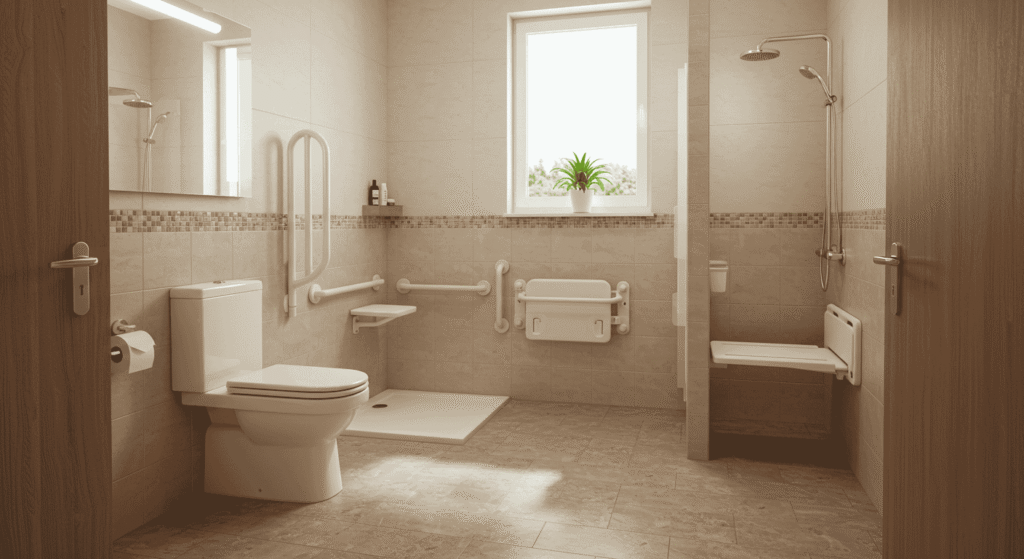
Before making any changes for aging in place, it’s essential to evaluate your home and identify areas that may pose safety risks. Assessing your space allows you to plan home modifications for seniors effectively and ensures that your living environment is both safe and comfortable. By understanding potential hazards and prioritizing necessary adjustments, you can create a home that supports mobility, reduces fall risks, and enhances daily life.
How to Identify Risk Areas
Certain areas of the home are more likely to present challenges for older adults. Common risk zones include stairs, bathrooms, kitchens, and hallways. Each of these areas can have obstacles that hinder mobility or increase the chance of accidents. For example, slippery bathroom floors, narrow hallways, or hard-to-reach kitchen cabinets can limit independence and create safety hazards. Identifying these problem areas early is key to planning effective home accessibility improvements.
Conducting a Room-by-Room Assessment
A structured, room-by-room assessment helps you pinpoint risks and prioritize necessary changes. Using a table to organize this information can make it easier to track modifications and ensure nothing is overlooked. Below is an example of a Home Safety Risk Assessment Table for reference:
| Room | Potential Hazards | Suggested Modifications | Priority Level |
|---|---|---|---|
| Bathroom | Slippery floors | Non-slip mats, grab bars | High |
| Kitchen | Hard-to-reach cabinets | Adjustable shelves | Medium |
| Hallways | Poor lighting, clutter | Add lighting, clear pathways | High |
| Stairs | Steep steps, no railings | Install handrails, non-slip treads | High |
This approach allows you to visually track safety improvements and focus on the most critical areas first. Once the risks are identified, you can move forward with targeted home modifications for seniors that enhance both comfort and independence.
Mobility and Movement – Keeping Your Home Walkable
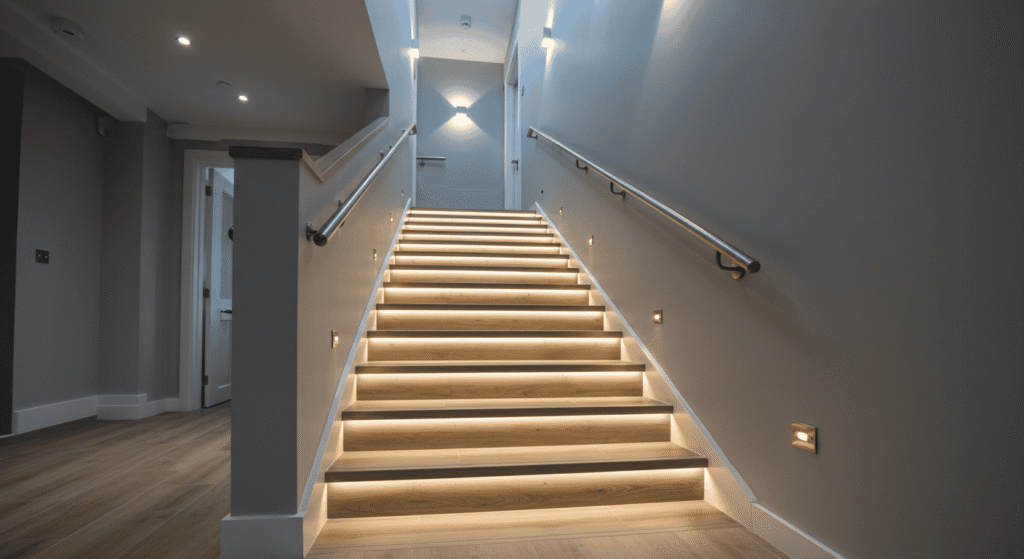
Maintaining mobility within the home is essential for aging in place. Thoughtful planning of movement pathways, flooring, and supportive structures can greatly reduce fall risks and allow older adults to navigate their space independently. By focusing on home accessibility and strategic mobility solutions, you can ensure that every room is safe, comfortable, and easy to move through.
Flooring Choices for Safety
Choosing the right flooring is a critical aspect of home modifications for seniors. Non-slip surfaces help prevent accidents in high-traffic areas, while smooth transitions between rooms eliminate tripping hazards. Avoid loose rugs, slick finishes, or uneven surfaces, as these can pose serious mobility challenges. Flooring options that combine safety with comfort not only reduce fall risks but also create a supportive environment for walking aids like canes or walkers.
Hallways, Doorways, and Stairways
Wider passages and doorways improve accessibility for those using mobility aids and reduce congestion in high-traffic areas. Installing handrails along hallways and stairways provides additional support and stability, while stair modifications—such as non-slip treads or gentle step designs—can make navigating between levels much safer. Ensuring these areas are well-lit and free of clutter further enhances home safety for seniors.
Mobility Aids and Their Role at Home
Walkers, canes, and other mobility aids are essential tools for maintaining independence. Effective space planning is necessary to accommodate these aids without creating obstacles. By organizing furniture and maintaining clear pathways, you can create an environment that supports mobility while minimizing fall risks.
Room-by-Room Mobility Modifications
| Area | Modification | Impact on Safety |
|---|---|---|
| Living Room | Remove loose rugs | Reduces trip hazards |
| Stairs | Install railings | Supports safe movement |
| Hallways | Clear clutter | Improves navigation and reduces falls |
| Bedroom | Arrange furniture for open pathways | Easier movement with mobility aids |
This structured approach allows you to systematically enhance mobility throughout your home, ensuring that every area contributes to safety, comfort, and independence.
Bathroom Upgrades for Aging in Place
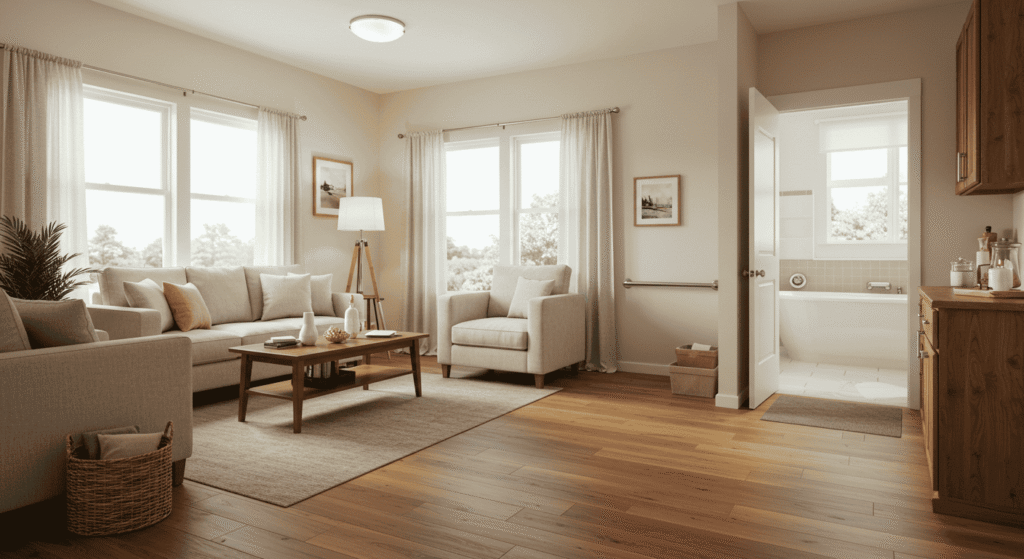
The bathroom is one of the most high-risk areas in any home, making it a critical focus for aging in place modifications. Thoughtful changes can greatly reduce fall risks, enhance home safety for seniors, and make daily routines more comfortable and manageable. By incorporating safety features, accessible fixtures, and proper lighting, bathrooms can be transformed into safe, user-friendly spaces.
Fall Prevention in Bathrooms
Preventing slips and falls is essential when designing a senior-friendly bathroom. Installing grab bars near the toilet, shower, and bathtub provides stability and support. Non-slip flooring or mats reduce the likelihood of accidents on wet surfaces, while elevated toilet seats make sitting and standing easier for individuals with limited mobility. These simple adjustments contribute significantly to maintaining independence and confidence at home.
Showers and Tubs Made Safe
Upgrading showers and tubs is another key element of home modifications for seniors. Walk-in showers and low-threshold tubs allow easy access without the need to step over high edges, minimizing the risk of falls. Adding a shower seat and handheld showerhead further improves safety and convenience, allowing seniors to bathe comfortably and independently.
Lighting and Visibility
Proper lighting plays a major role in home accessibility. Bathrooms should have bright, glare-free lighting to clearly illuminate floors, fixtures, and pathways. Night lights or motion-activated lights can help prevent accidents during nighttime trips to the bathroom. Additionally, contrasting colors on walls and fixtures can make it easier to see edges and surfaces, further reducing fall risks.
Bathroom Safety Checklist
| Feature | Recommendation | Benefit |
|---|---|---|
| Grab bars | Install near shower & toilet | Prevent falls |
| Shower floor | Non-slip mat | Reduces slip risk |
| Toilet seat | Elevated seat | Easier sitting and standing |
| Lighting | Bright, glare-free lighting | Improves visibility and reduces accidents |
By addressing these key areas, you can create a safe and comfortable bathroom that supports long-term independence and enhances overall home safety for seniors.
Kitchen Modifications for Comfort and Accessibility
The kitchen is a central hub of daily life, but traditional layouts can present challenges for older adults. Thoughtful home modifications for seniors can make cooking, cleaning, and meal preparation safer, more efficient, and comfortable. By focusing on ergonomic design, organization, and layout, you can create a kitchen that supports independence while reducing fall risks and physical strain.
Ergonomic Design for Aging Hands and Backs
Ergonomic adjustments are essential for maintaining comfort and ease of use in the kitchen. Adjustable counters allow for tasks to be performed at a comfortable height, reducing strain on the back and shoulders. Pull-out shelves provide easy access to cabinets and drawers, eliminating the need to reach or bend excessively. Incorporating these modifications supports mobility and makes daily kitchen activities safer and more manageable.
Organizing for Efficiency and Safety
Efficient organization is key to a senior-friendly kitchen. Keep easy-to-reach items within arm’s reach and label drawers or containers for clarity. Ensure clear pathways between counters, appliances, and storage areas to prevent trips or collisions. Minimizing clutter and maintaining a logical layout enhances both safety and productivity, allowing older adults to navigate the kitchen independently.
Smart Layout Considerations
Designing a movement-friendly kitchen includes strategic placement of appliances, counters, and seating areas. The classic work triangle—positioning the stove, sink, and refrigerator within close proximity—reduces unnecessary movement and strain. Adequate seating and well-planned walking paths contribute to accessibility and convenience, making the kitchen a functional and comfortable space for seniors.
Kitchen Ergonomics Tips
| Task | Modification | Result |
|---|---|---|
| Cooking | Lower countertops | Less strain on back |
| Storage | Pull-out shelves | Easy access to items |
| Prep Work | Adjustable counter height | Comfortable posture |
| Movement | Clear pathways | Reduces trip hazards |
By implementing these kitchen modifications for seniors, you can ensure that your kitchen is not only safe but also comfortable and enjoyable, supporting long-term independence in daily living.
Lighting, Vision, and Home Technology
Proper lighting, visual accessibility, and the smart use of technology are key components of aging in place. These elements not only enhance home safety for seniors but also support independence and confidence when navigating daily routines. By addressing lighting, visual cues, and technology integration, you can create a home environment that is safer, more functional, and easier to live in as you age.
Proper Lighting for Safety
Effective lighting is essential to prevent accidents and improve mobility within the home. Layered lighting combines ambient, task, and accent lighting to ensure all areas are well-lit without causing glare. Installing motion sensors in hallways, bathrooms, and stairways provides light automatically, reducing the risk of trips or falls at night. Night lights in key areas such as bathrooms and bedrooms further support safe movement during nighttime hours.
Visual Accessibility
Enhancing visual accessibility helps seniors navigate spaces more confidently. Using contrast colors for steps, doorways, and furniture edges can make changes in elevation easier to see. Clear signage and labels in kitchens, bathrooms, and storage areas help older adults locate items quickly and reduce confusion, contributing to a safer and more organized living environment.
Using Technology for Aging in Place
Smart home technology can significantly improve home accessibility and safety. Smart lights can be controlled with motion sensors or voice commands, while voice assistance devices enable hands-free control of appliances, reminders, and communication. Emergency alert systems provide an additional layer of protection, allowing seniors to summon help quickly if needed. Integrating these technologies thoughtfully can make daily life more manageable and reduce anxiety about accidents or emergencies.
Optional Table: “Lighting and Technology Tips”
| Area | Modification | Benefit |
|---|---|---|
| Hallways | Motion sensor lights | Automatic illumination at night |
| Stairs | Contrast step edges | Reduces trips and falls |
| Kitchen | Smart lighting + labeling | Easier visibility and navigation |
| Bedrooms | Night lights | Safe nighttime movement |
| Whole Home | Emergency alert system | Quick access to help in emergencies |
By addressing lighting, visual cues, and technology, you create a senior-friendly home that combines safety, comfort, and convenience, allowing older adults to maintain independence for longer.
Creating Comfortable, Senior-Friendly Living Spaces
Designing a home that is both comfortable and safe is essential for aging in place. Thoughtful arrangements and furniture choices can enhance mobility, reduce fall risks, and create an environment that promotes relaxation, independence, and overall well-being. By combining functionality with style, you can ensure your home remains a welcoming and accessible space as you age.
Furniture Arrangement for Easy Navigation
An open, clutter-free layout is crucial for maintaining home accessibility. Open floor plans allow for easy movement between rooms, especially for seniors using walkers or canes. Minimizing clutter and ensuring that furniture is positioned with ample space around it reduces obstacles and prevents accidents. This approach creates clear pathways that improve both safety and ease of daily living.
Comfort and Accessibility in Bedrooms and Living Areas
Bedrooms and living areas should balance comfort with accessibility. Adjustable beds make it easier to sit or lie down without straining the back, while supportive seating promotes good posture and safe transitions. Incorporating furniture that is both sturdy and easy to use ensures that these spaces remain functional and welcoming, supporting daily routines and long-term independence.
Personalizing Your Space
While safety and accessibility are essential, personalizing your home helps maintain a sense of identity and enjoyment. You can maintain aesthetics while optimizing for safety by choosing décor that is visually appealing yet functional, selecting colors that enhance visual accessibility, and arranging furniture to support both style and mobility.
Optional Table: “Living Space Arrangement Tips”
| Area | Modification | Impact on Safety and Comfort |
|---|---|---|
| Living Room | Open pathways, minimal clutter | Easier navigation, reduces trips |
| Bedroom | Adjustable bed, supportive chair | Comfortable, safe transitions |
| Hallways | Clear walking space | Improved mobility |
| General Decor | Functional and aesthetic items | Enhances safety and enjoyment |
By focusing on thoughtful furniture arrangement, accessibility, and personalization, you can create comfortable, senior-friendly living spaces that support independence, reduce risk, and make the home a place of enjoyment and ease.
Planning for Long-Term Independence
Planning ahead is crucial for aging in place to ensure that your home continues to meet your needs as you grow older. By considering long-term changes, integrating lifestyle and health considerations, and collaborating with professionals, you can create a home that supports independence, safety, and comfort for years to come.
Future-Proofing Your Home
Future-proofing involves designing spaces that can adapt to evolving mobility and health needs. Modular design allows for easy adjustments to furniture, fixtures, and layouts without major renovations. Incorporating flexible solutions—such as adjustable countertops, movable storage units, and adaptable lighting—ensures that your home can accommodate changes in physical ability while maintaining comfort and accessibility.
Integrating Lifestyle and Health Considerations
A home designed for long-term independence should support both physical and mental well-being. Allocating space for exercise encourages regular activity, while social areas help maintain connections with family and friends. Rest zones provide quiet, comfortable spaces for relaxation, which are essential for overall health. By incorporating these considerations, your home becomes a supportive environment that promotes a balanced lifestyle while maintaining safety.
Collaboration with Professionals
Working with experts can ensure that home modifications for seniors are both effective and practical. Occupational therapists can perform comprehensive home safety evaluations, identifying hazards and recommending solutions tailored to your specific needs. Collaborating with professionals also helps prioritize modifications based on urgency, safety impact, and feasibility, ensuring that your home supports independence in the most efficient way possible.
Optional Table: “Planning for Long-Term Independence”
| Area | Modification/Consideration | Benefit |
|---|---|---|
| General Layout | Modular furniture & adaptable spaces | Accommodates evolving needs |
| Exercise & Activity | Designated space for physical activity | Promotes health and mobility |
| Social Interaction | Comfortable gathering areas | Supports mental well-being and connection |
| Professional Input | Occupational therapist assessment | Identifies hazards, prioritizes modifications |
By planning for long-term independence, your home can remain a safe, comfortable, and adaptable environment, allowing you to maintain autonomy, mobility, and quality of life well into the future.
Conclusion – Enjoying Your Home Safely as You Age
Aging in place is about more than safety—it’s about creating a home that fosters independence, comfort, and peace of mind as the years go by. By implementing thoughtful home modifications, you can ensure your living space remains both functional and welcoming.
Summary of Key Modifications
The table below highlights the most impactful changes you can make to support aging in place:
Top Aging in Place Modifications
| Area | Key Modification | Priority |
|---|---|---|
| Bathroom | Grab bars | High |
| Kitchen | Pull-out shelves | Medium |
| Hallways | Handrails | High |
Encouragement for the Reader
Remember, adapting your home for aging in place is not just about preparing for challenges—it’s about embracing opportunities for greater freedom and confidence. Every modification, big or small, contributes to your ability to live life on your own terms, surrounded by the comfort and familiarity of home. By taking proactive steps now, you’re investing in a safer, more independent future where your home truly supports your lifestyle.


